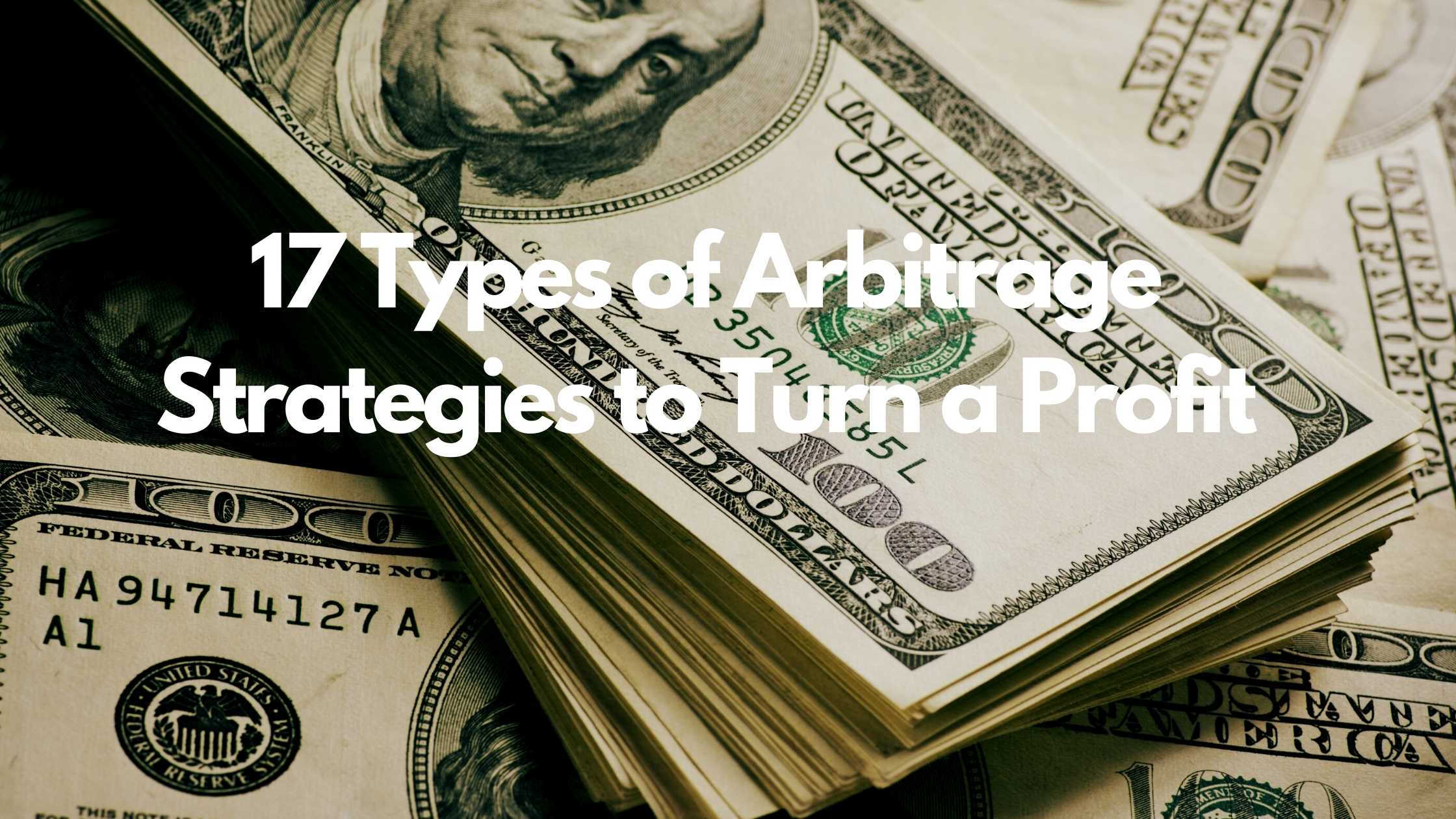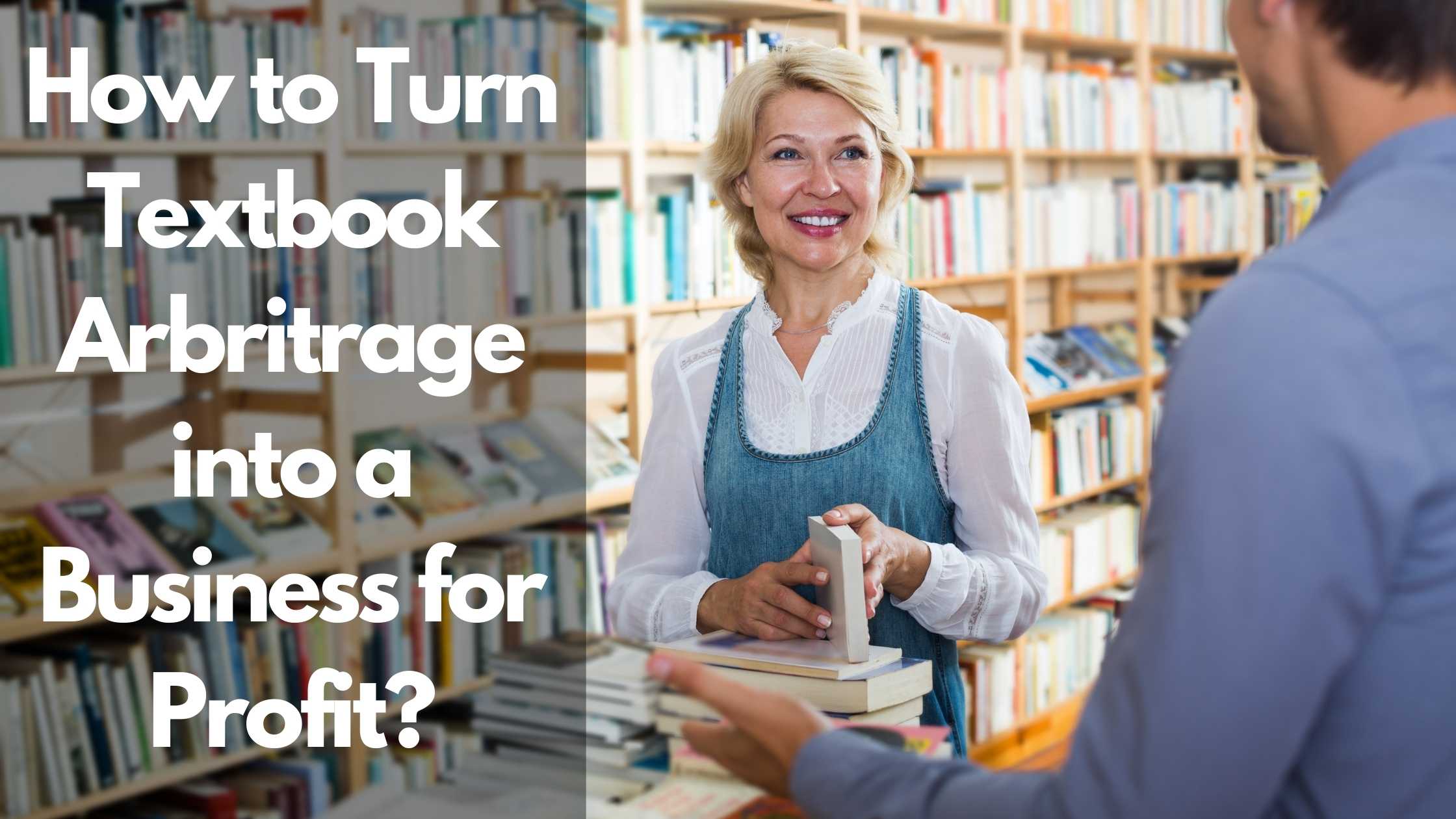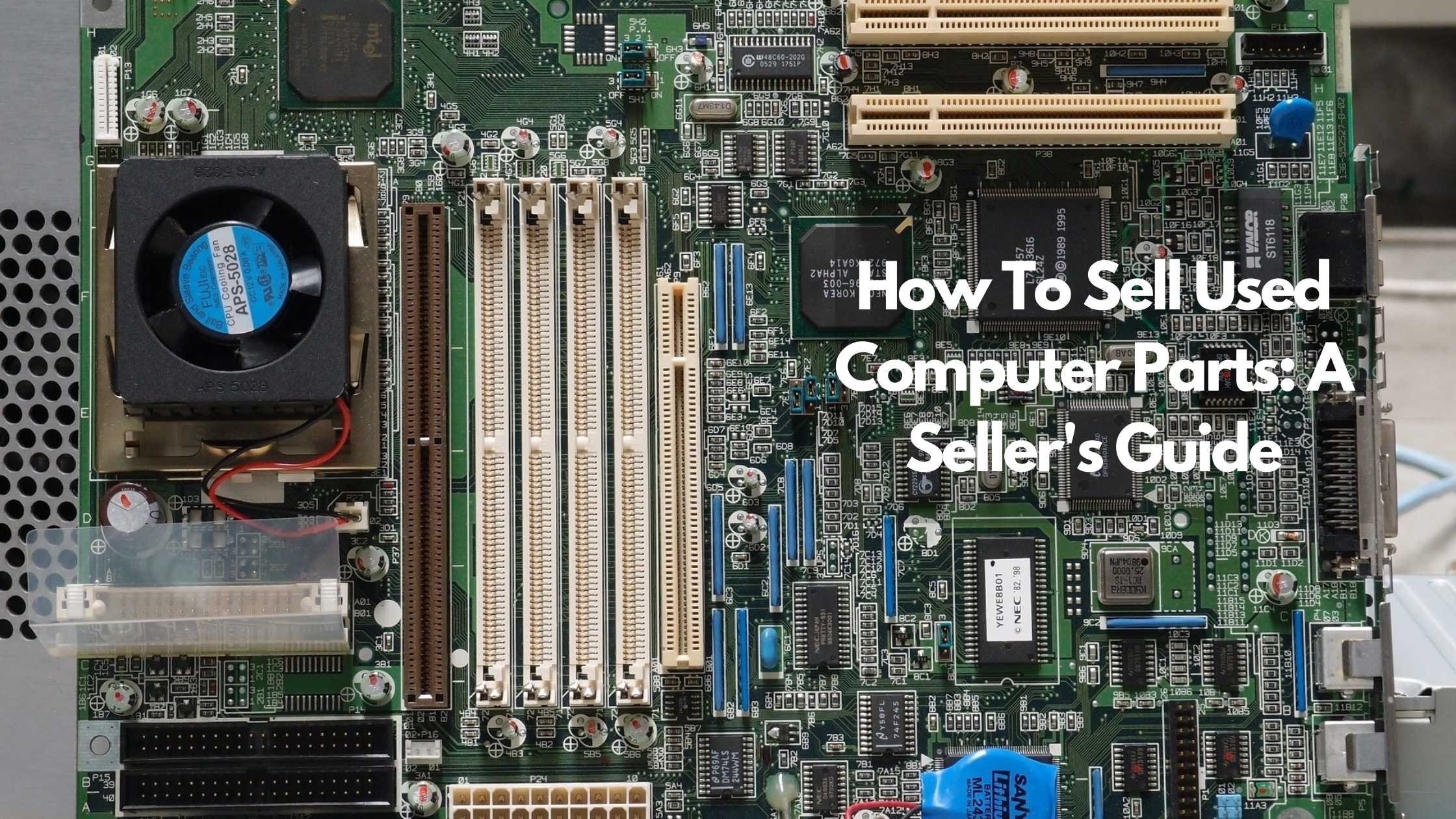
Selling Quilts For What They’re Worth: Pricing Fairly.

What would compel someone to purchase a quilt for $1500?
Apparently, some quilts offer luxurious bed toppers, plus they’ve got timeless appeal and charm.
People buy them for various reasons: comfort, decor appeal, or preference. Not to mention the sentimentality around some of their numerous classic patterns and traditions. Most are made or gifted to celebrate valuable family milestones and document social events.
Modern quilts are also not always intended as beddings only. They’re used as clothing, throws, wall hangings, table runners, or even tablecloths.
This well-researched article will outline the process of pricing them fairly, then selling them. And if you’d like to find out more about starting a quilting business, check out this article.
Selling quilts for what they’re worth.
To sell your quilt for what it’s worth, you’d first have to relay it’s unique appeal to the intended buyers and what it cost to produce. That’s materials, time, and labor.
Besides, there’s the production style too. A handmade quilt takes time to make, and this generally impacts its value.
How to price a quilt?
When pricing a quilt, you should consider the quilt type, quality of materials used, weight, shrinkage, colorfastness, and delicate stitching. Every detail impacts pricing.
Therefore start by calculating the:
- Materials: This is fabric, thread, patterns, batting (the stuffings), and even time spent making the materials selections. Then add a 30% – 50% markup.
- Time and labor: Every second counts, and if your product is worth purchasing, then your labor is valuable too. Suppose you bought 50 yards of fabric that cost you $12 per yard. The cost for your time and labor should equate to the total size of the quilt x time x production cost per square yard. Also, don’t leave out the time spent creating the patterns.
- Incidentals include all project overheads, maintenance of sewing machines, and other tools plus marketing. Basically, keep an accurate record of each cost because you’ll also need to file taxes and insurance.
Even if it’s a passion project for you, don’t undercut yourself by selling for bargain-basement prices.
Basically, your final price should be a viable figure that you’re not only content with but is workable in the long term. Suppose your quilting venture becomes an overnight success (hopefully it does), will you afford extra manpower or machinery?
One way to keep your prices in check is by opening wholesale accounts to purchase supplies or waiting for clearance sales on supplies.
It will also be prudent to compare your proposed pricing with other players in the market. Bearing you’re not expected to match it to theirs as long as you can reasonably justify it.
You’ll also need to deeply understand your product and cultivate a niche that’s ready to pay to acquire your product.
Always remember that there’s a market out there that knows the value of a quality handmade quilt, and they’ll pay a fair price for it.
Surefire tips to selling quilts.
Now that you have the fair pricing worked out and there’s undoubtedly a market for your quilts, what’s the challenge?
Finding or connecting with potential customers is the next headache. How do you solve this?
- Research
With everything going digital these days, it’s easier to gather data than ever before. Start by sassing out your target customer. Where are they, and what exactly do they need?
A quick search over the past 12 months shows optimal interest in the US. Other places around the globe are Australia, Canada, the United Kingdom, and South Africa.
But even with this, you need to narrow down further and find people that can buy from you.
What if you break down the quilts by the desired purchase? King size, Amish, baby, rag, and handmade quilts.
Or even by the occasions that propel people to purchase, for example, birthdays, Nascar, football, and Christmas.
- Branding
How will you brand and package yourself?
As things stand, you’ll need an online presence. What’s more, you’ll need something more personalized, like a friendly, simple website with an attractive landing page. Now combine that with excellent photos with clear product description, a blog section that vividly details your passion-filled production process, a shop, and a contact page.
A well-structured website with relevant content will give you presence and visibility, which your business solely needs in these early stages.
- Strategy
Polish your sales strategy by diversifying the product to cover a broad spectrum. For example, don’t be limited to bed toppers; include other refreshing home decor accessories and furnishings until you find your preferred niche. Also, do invest in excellent customer service because it does wonders for the bottom line.
What other incentives can you give to customers to keep you top of mind?
Free shipping, perhaps? If they’re ready to purchase your higher-priced products do yourself a solid by waiving the shipping charges.
Something else: Take time to understand copyright laws and patents on print and stitch patterns. It may very well be that the pattern’s originator needs you to seek permission and acknowledge from them. It’s probably not a good idea to photocopy and sell the patterns without acknowledging the real owner as you can get into a legal bind.
The best places to sell quilts.
- The internet
According to GoDaddy, the best websites to sell your quilts are specialist websites that have been set up precisely for this type of need. To sell on them, you’d have to pay for a listing, and some of them will charge a commission for each sale.
To stand out, use high-resolution photos and riveting descriptions.
The sites are:
- Etsy.com
- Handmade by Amazon
- Artfire
- Ebay
- Zibbet
- Bonanza
- Sheepbuy
- Consignment
There are quilt resellers who will sell your qualified pieces on consignment. Additionally, if your pieces prove to be popular, they might even commission them on order.
What does this entail?
They’ll allow you to have some items on display, so ensure that you sign a watertight agreement. Ensure you always collect your unsold items on time because many consignment contracts include a clause transferring ownership of unclaimed items to the shop.
- Art and craft fairs
These are community events held at communal venues like malls, churches, schools, and more. Their emphasis is on cottage industries wares or handmade products, so it’s obvious the attendees know what to expect.
This is also a fantastic opportunity to build your profile and increase traffic to your digital assets.
To participate, you’d need to rent a booth and creatively display your work.
- Pop Up Stores
This is a reasonably exciting concept where malls or building owners avail space for temporary retail shops for a certain duration. Create a buzz through your digital platforms and even request family and friends to do the same on theirs.
The best thing with this is that you’ll get to solely meet your potential customers and start growing your own quilt loving community.
This application is used in 70 countries, by 800 million people monthly. In the US, it’s accessible to one in three people. Facebook is an important tool for brands interested in selling their products to targeted audiences.
It’s a robust social media network if you can find the perfect groups and pages to market your work. The appeal lies in its convenience, plus the fact that it’s free.
- Gift shops
Gift shops cater to all sorts of people looking for assorted items to suit their specific needs. Whether you settle on a commission or wholesale arrangement, the exposure here is mind-blowing.
If you want to amass a following at gift shops, give them a broad range of customized products.
How to determine the value of a quilt?
Quilt appraisers consider the following:
1. Cost of fabric, thread, batting, and patterns.
2. Time taken to make it, calculated as an hourly cost.
3. Rarity of the pattern and the current price for comparable quilts
4. Condition
Finally, if you’re ready to start selling your quilts, consider listing on Sheepbuy. Here, you won’t be charged a commission on sales, and there are no premium store fees. And on the basic tier, you can have up to three active listings at any given time, free of charge. For more information on Sheepbuy’s tiers, click here.
Conclusion
Quilts are highly popular globally, and there’s a significant market for them. However, overcoming the pricing challenge is the key to unlocking this market.
Once you’ve figured out how to price your products, that is, a price you’re content with, and that’s acceptable to the market, the next big step is to sell them.
Recommended Blog Posts:
TRENDING


Online Arbitrage for Beginners (Step-by-Step Guide)

17 Types of Arbitrage Strategies to Turn a Profit

Is Retail Arbitrage Legal?

How to Turn Textbook Arbitrage into a Business for Profit

How Can You Tell if a Book is a First Edition?

What to Do With Your Jigsaw Puzzle When Finished?


